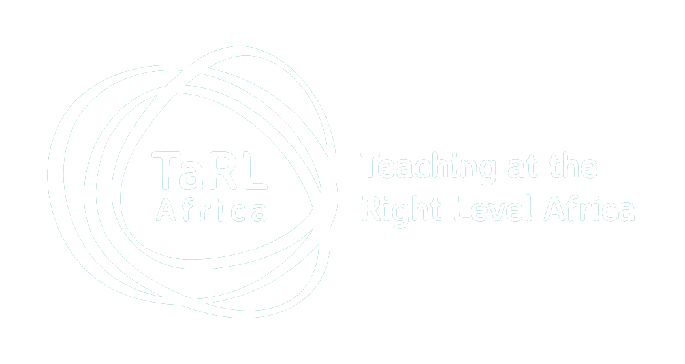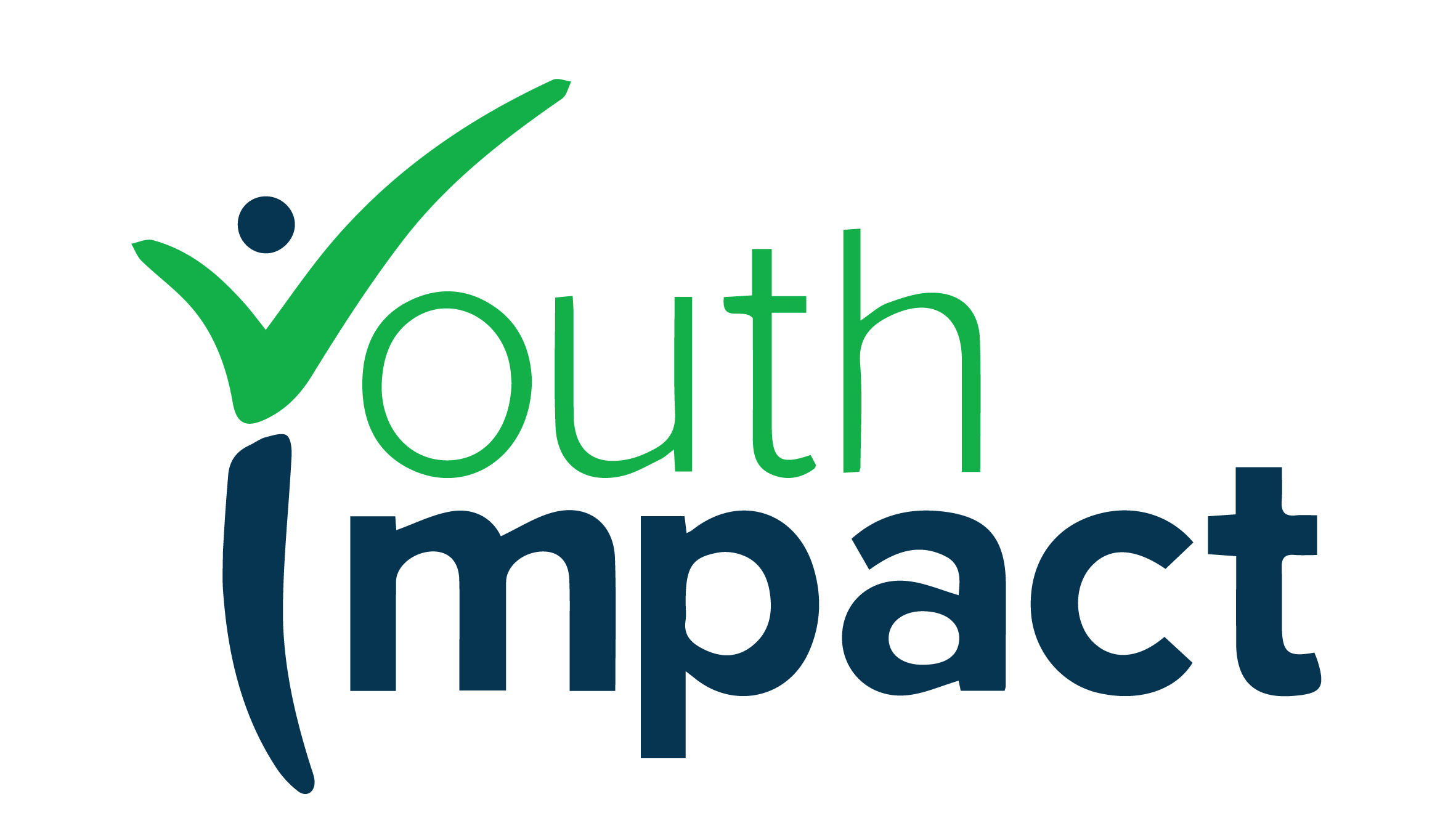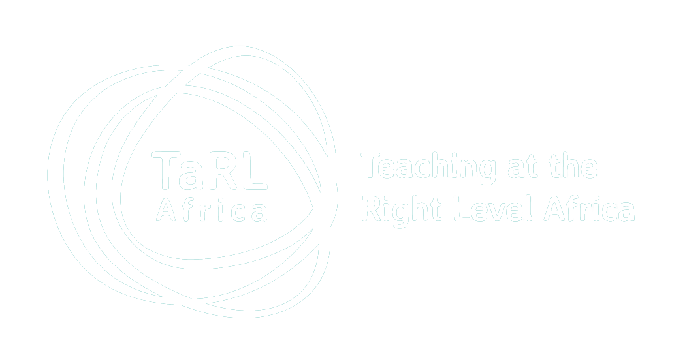Botswana
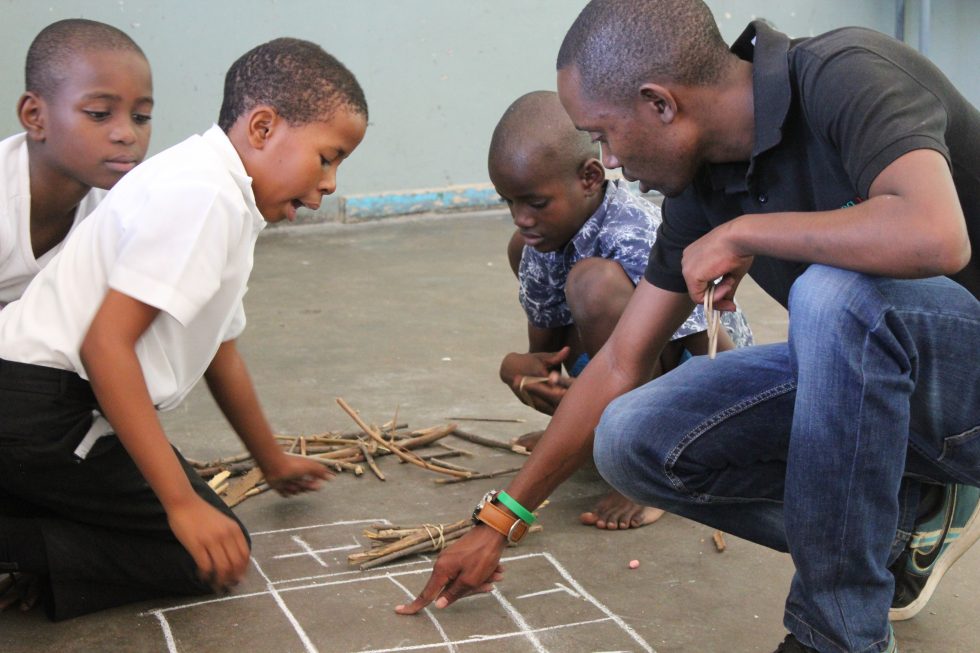
Background
Learning levels in Botswana are low and stagnating. Among its regional neighbours in East and Southern Africa, Botswana ranks amongst the highest in access to education, but ranks poorly on basic math and literacy proficiency, behind Tanzania and Kenya.
In 2018, Youth Impact (Formerly known as Young 1ove) and the University of Botswana conducted an assessment of basic literacy and numeracy in two regions and found striking gaps in learning. 32% of standard 5 students could not perform subtraction, and 88% could not perform simple division. 43.5% could not read a story in English, and a fifth of students could not read a paragraph. Students are falling multiple grade levels behind and they are failing to acquire basic skills as well.
In 2021, Youth Impact signed a five-year Memorandum of Understanding (MoU) with Botswana’s Ministry of Basic Education to scale TaRL nationally. This extends an MoU signed in 2018. The organisation signed a Letter of Agreement with J-PAL and Pratham to collaborate on the Botswana scale-up over the next five years and to build an Innovation Hub in Southern Africa that will be catalytic for the broader TaRL scale-up effort across Africa supported by Co-Impact. Youth Impact also partners with the Center for Universal Education at Brookings to chronicle the scale-up process, as well as with USAID Development Innovation Ventures (DIV) which is supporting the Botswana scale-up. The organisation also has the TaRL Scaling Committee, which is chaired by the Director of the Ministry of Basic Education and brings together a coalition of partners, government staff, teachers, and school heads.
Youth Impact’s model is a 30-day intervention implemented with standards 3-5, focusing on literacy and numeracy. The intervention is one hour a day during the last school hour, which is typically used as a study hour.
The organization has a direct delivery model, with independently hired and trained facilitators, as well as a dual government model combining teacher coaching with delivery by National Service Program (NSP) participants. The NSP deploys 15,000 young people in schools and clinics throughout the country. The two are synergistic, with the direct model serving as an innovation hub, and the government model as a route to a sustainable scale. The end vision is for both models to achieve direct impact and stimulate demand at the grassroots level for TaRL principles to be incorporated into day-to-day teaching pedagogy.
At the end of 2021, Youth Impact’s TaRL programming had reached more than 14,097 students in 2022 in 15 percent of Botswana primary schools. As COVID-19 prevented “direct delivery” by Youth Impact facilitators in 2021, implementation was done solely by NSP participants and teachers. Combined results from all three terms in 2021 are below.
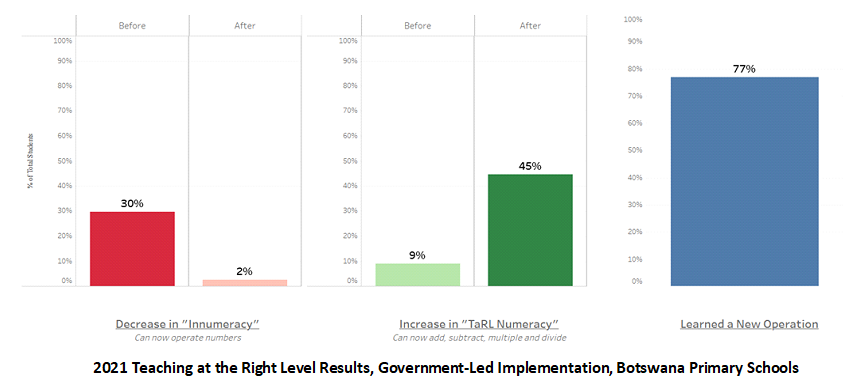
Interested in learning more about TaRL in Botswana?
- Visit Youth Impact website
- See TaRL in action in the TaRL Botswana video
- Read the Youth
Impact Blog.
1) Southern Africa Consortium for Monitoring Educational Quality. (2007). SACMEQ-III Project. Botswana. Retrieved from http://www.sacmeq.org/?q=
2) UNESCO Institute for Statistics. (n.d). Gross intake ratio in first grade of primary education, total (% of relevant age group). Retrieved from http://uis.unesco.org/country/
